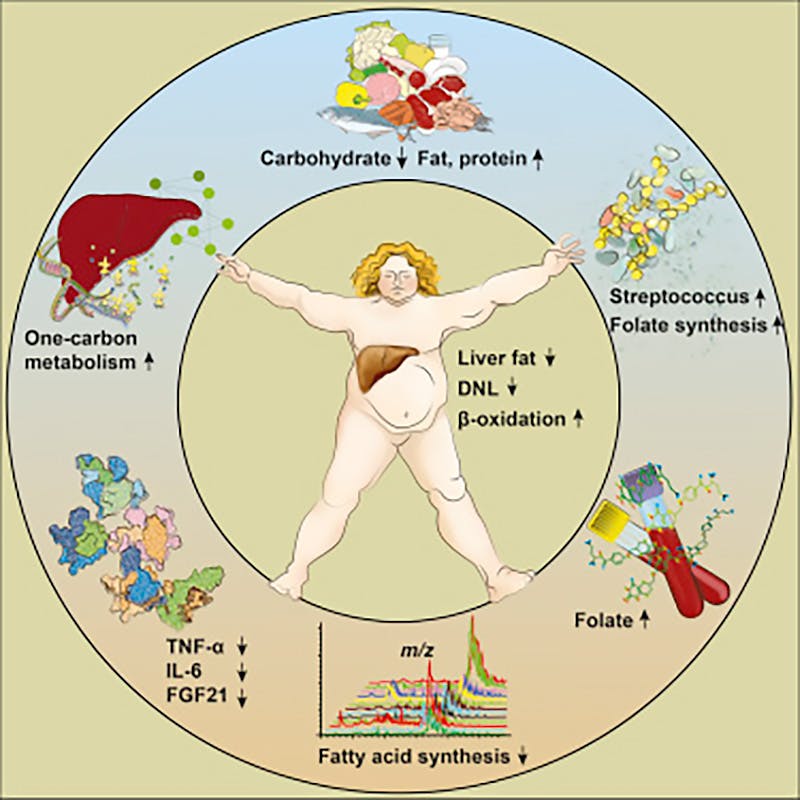Bride service plan, traditionally portrayed in the ancient literature mainly because the last company rendered by bride to the family of the groom simply because a dowry or payment of inheritance, has undergone a revision. Star of the wedding service plan and bride-money models drastically limit anthropological conversations of family convention in many regions of the growing world. Yet bride money has its own put in place customary legislation. In certain societies bride cash is the only kind of debt settlement in customary rules. It provides a means for a woman to acquire herself and her relatives status via her husband after a period of marriage.
The archeologist who may be unaware of neighborhood norms and customs probably should not feel guilty about certainly not studying and using this system. Indian bride-money traditions will be complex and rich. As a student of anthropology, you ought to be prepared to look beyond the domestic areas to appreciate the sociohistorical shape of star of the event dues in India. This involves a knowledge of ritual and polarity that underpins bride shelling out in different societies. A comprehensive knowledge of dowry and bride-money in India needs an anthropology of ritual that uncovers multiple dimensions of ritual practices via different time periods.
The actual period comes with witnessed a dramatic change in the sexuality structure of marriages in India. Dowry system was institutionalized in the seventeenth century, the moment dowries were given as dowries to women for consummation of marital relationship. Over the centuries, various says have permitted or proscribed dowry giving, on such basis as religious beliefs, social status, caste, or other norms. The ancient http://ashutoshengineeringworks.com/?p=9880 novels reflect numerous changes that accompanied this evolution in bride having to pay customs in various parts of India.

Anthropology of ritual focuses on kinship when an important feature of ritual systems. This perspective helps to demonstrate the trend of bride-to-be price, the relative importance of kin selection in the development of bride-to-be paying traditions, and their various value throughout Indian contemporary culture. Anthropologists http://www.chacoma.com/sitio/?p=10964 studying bride-money find it helpful to identify two sorts of bride-money: dowry and kin assortment. Doyens, that are called by anthropologists when payment intended for goods or services which are not necessary to entire the marriage, are definitely the earliest form of dowry. The contemporary bride-money can be described as product of modernity, with its value maintaining vary with social framework.
The concept of bride-money and dowry differ because they are legally defined as payment designed for goods or services that are necessary for matrimony. But their meaning offers broadened in recent times. Dowry includes payment, however indirectly, with respect to the privilege of being wedded to the woman, while the bride’s payment will not always seek advice from money. It may refer to favour or wonderful treatment, or perhaps it may seek advice from something that the bride payments to the soon-to-be husband. Some students argue that the use of dowry and findbride bride-to-be price to explain marriage persuits implies that the bride is necessary to exchange her dowry intended for the wedding itself, which will violate the contract between the groom and bride listed in the Islamic law.

Bride-money and dowry is very much closely connected to each other. A groom might pay a fixed amount to support a bride for that specified period, say, for the purpose of five years. The woman in return pays off a certain amount, known as bridewealth, seeing that an offering to bind the groom to her. Some historians believe that thinking about bride-money and bridewealth arises from Islamic regulation, which http://1nip-stavr.ioa.sch.gr/?p=10244 makes the woman partially accountable for the marriage payment made by her groom, as part of jihad, or perhaps Islamic legislations. Whatever the case may be, the groom’s payment to the bride is usually today seen not as a donation but since a duty.
















